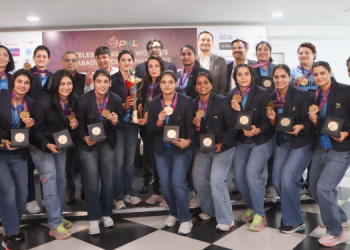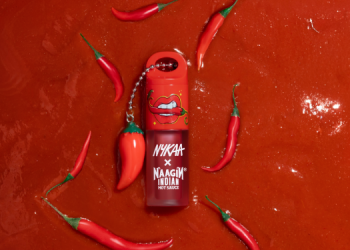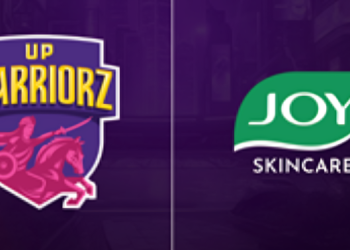Influencer marketing has become an essential part of the media mix. From those with millions of followers to the ones with thousands, they are all being increasingly sought out by brands. But as they say, all that glitters is not gold. With a number of reports of influencer fraud and influencers purchasing fake followers, influencer marketing is growing but under a cloud.
According to a report by Klug India, which offers influencer marketing analytics, over half of all social media influencers in India have more than 60 pc non-credible and fake followers.
Has trust in influencer marketing taken a hit?
In a conversation with Medianews4u.com, Harsh S Kedia, CEO, Auburn Digital Solutions, says, “If not dropped, at least people are questioning the overall influencer marketing hype. Blindly trusting a single-source funnel or not optimising for the overall media mix is not healthy. As a marketer, there is a need for a trusted influencer monitoring system such as ComScore or SimilarWeb for media websites and apps. Till then, instead of relying on the number of followers, brands need to start questioning the measurability of the money spent.”
Sunitha Natarajan, Director – Digital Strategy, Social Panga, asserts that the growing concerns and discussions surrounding fraud and fake followers have catalysed positive change within the influencer marketing ecosystem.
She says, “Today, (rather than solely relying on trust), brands, agencies, and influencers now prioritise evaluating their strategies and measuring campaign success more effectively. This shift has led to a focus on fostering meaningful collaborations that truly resonate with consumers, moving beyond mere investments in campaigns for the sake of metrics. In this evolving landscape, the amalgamation of social listening, AI, and content strategy has emerged as a powerful force, guiding us towards well-informed decisions that ensure a well-defined RoI and effectively engage the right audience.”
“Indeed, trust in influencer marketing has been impacted following reports of fraud and fake followers. These reports have raised concerns about the authenticity and credibility of influencer content. Audiences have become more sceptical, as they value genuine and authentic experiences. As a result, it is important for influencers, brands, and marketers to work together to address these issues and rebuild trust in the industry. By promoting transparency, authenticity, and responsible practices, we can mitigate the impact of fraud and restore confidence in influencer marketing,” notes Sumit Gupta, Founder, The Viral Pitch.
How does one measure performance?
As influencer marketing has become crucial to brands today, measurement of influencer activity becomes vital. But the school of thought advocating linking influencer pay to sales (influencer commerce) is wrong, say some.
“Measuring influencer activity on a performance scale is going to push the kill switch on the overall beauty of the medium. Influencer, by itself, means creating influence or advocating for the brand, not selling your product. Measuring with a performance lens will have adverse effects because influencers will do anything or everything in their power to push for sales, eventually leading to catastrophic effects. However, measurability is the need of the hour, and brands need to do brand lift studies along with influencer campaigns. Brand lift can be measured in terms of an increase in your social chatter, engagement across your website, app, or social handles, an increase in your brand searches, and many more,” observes Kedia.
Natarajan believes that in today’s dynamic influencer marketing landscape, measuring success depends greatly on the campaign’s objectives.
She says, “Whether it’s building brand awareness, fostering fruitful partnerships, driving purchase decisions, enriching content strategies, or engaging in affiliate marketing, the key lies in creating a healthy and integrated mix of these elements. Finding the right influencer for the right purpose is paramount for any marketing endeavour.”
“Previously, influencer marketing was predominantly utilised by brands for brand awareness and ambassador programmes. However, the industry is rapidly shifting towards a demand for performance-based activities. Meta’s initiatives within the creator community exemplify this change, where collaborations through Reels and content creation are meticulously designed to ensure brands effectively reach their target audience, with results carefully tracked.
“The future of influencer marketing calls for a more comprehensive and integrated approach, one that does not solely rely on a singular evaluation method for success. Instead, it will embrace a multifaceted perspective, catering to diverse campaign objectives and optimising outcomes for brands and influencers alike.”
Gupta observes, “Influencer activity today is measured using metrics like engagement, reach, impressions, and conversions. While most influencer partnerships are not performance-based, there is a growing trend towards performance-based influencer marketing. This approach focuses on measuring key performance indicators (KPIs) such as sales, leads, and conversions, giving brands a clearer understanding of campaign effectiveness. As brands recognise the value in measuring performance metrics, it is likely that performance-based influencer marketing will continue to gain traction in the future.”
Feedback: [email protected]
















